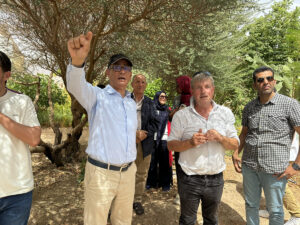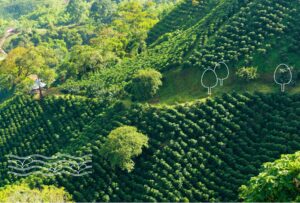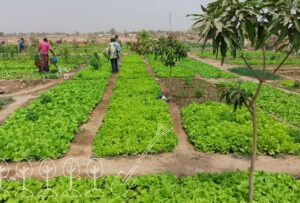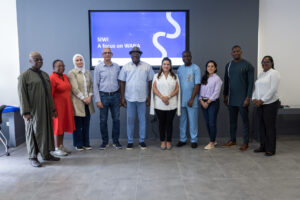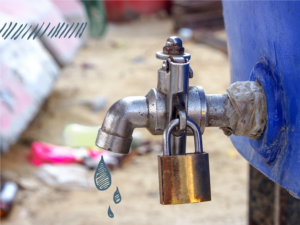Source-to-sea approaches needed for the coherent governance of land, water, coastal and marine resources
Ecosystems from source to sea are intimately connected - the continuous circulation of water ties together the Earth’s lands, oceans and atmosphere into an integrated system crossing political jurisdictions. The intensification of human activities to meet the increasing demands for water, food, energy, space and economic growth has led to a cascade of impacts that extend from land to freshwater systems, coastal zones to the open sea.
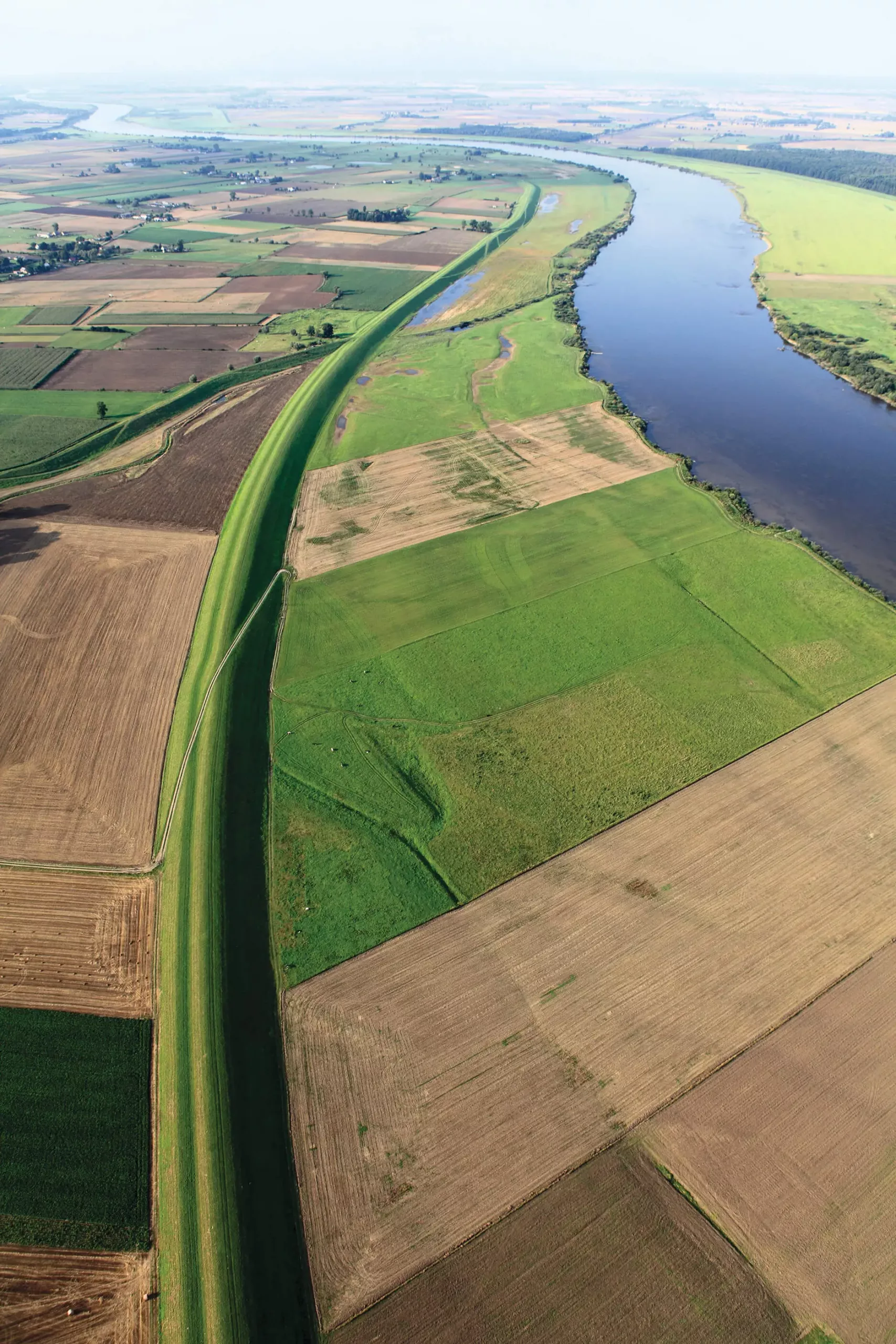
Meanwhile, the governance and management arrangements in place often struggle to balance the diverse and potentially conflicting management objectives in different parts of a system that may, or may not, be optimal for the system as a whole.
Approaches are needed that consider the entire social, ecological and economic system, consolidating analysis, planning, policy- and decision-making across sectors and scales – from source to sea. A conceptual framework for governing and managing key flows in a source-to-sea continuum has been developed by the Scientific and Technical Advisory Panel (STAP) of the Global Environment Facility (GEF) in collaboration with the Action Platform on Source to Sea Management (S2S Platform). It was presented to the GEF Council at its 50th Meeting on the 7th of June, 2016, together with a set of recommendations on how the GEF can continue to build on its extensive project portfolio across different focal areas and further scale up investments to support source-to-sea priorities.
About the S2S Platform: The UNDP Water Governance Facility supports the Action Platform for Source-to-Sea Management (S2S Platform), which was established in 2014 as a multi-stakeholder initiative that helps freshwater, coastal and marine experts to contribute to global knowledge generation on source-to-sea interconnections. For more information, see https://siwi.org/source-to-sea
About the GEF: The GEF was established at the 1992 Rio Earth Summit, to help tackle our planet’s most pressing environmental problems. Since then, the GEF has provided $14.5 billion in grants and mobilized $75.4 billion in additional financing for almost 4,000 projects. The GEF works in a number of focal areas: Biodiversity, Climate Change, Chemicals & Waste, Land Degradation, Forest Management/REDD+, and International Waters. In the area of International Waters, GEF supports projects in programs to address transboundary problems in river basins, lake basins, aquifers and large marine ecosystems and several source-to-sea oriented projects targeting nutrient reduction and/or applying ridge-to-reef approaches and integrated coastal area and river basins management. The STAP is an independent group of scientists that advises the GEF to ensure it remains connected to the most up-to-date authoritative and globally representative science. The Council is the GEF’s governing board of directors, responsible for developing, adopting, and evaluating policies and programs for GEF-financed activities.
